Residential Yard Drainage Solutions
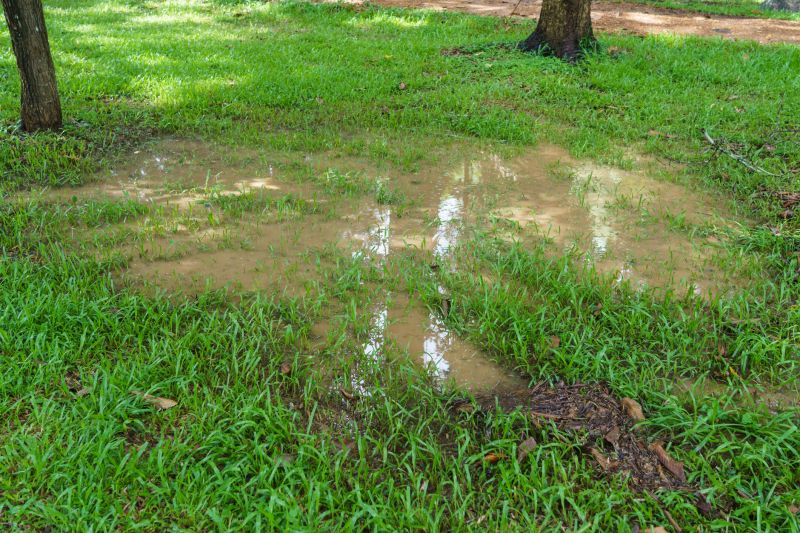
Implementing yard drainage solutions during spring helps manage increased rainfall and prevents water accumulation.
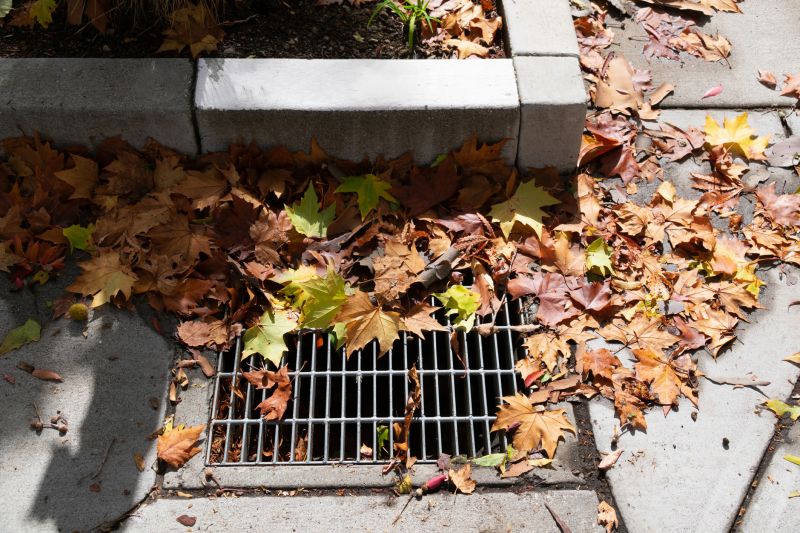
Installing drainage systems in autumn ensures readiness for seasonal rain and reduces erosion risks.
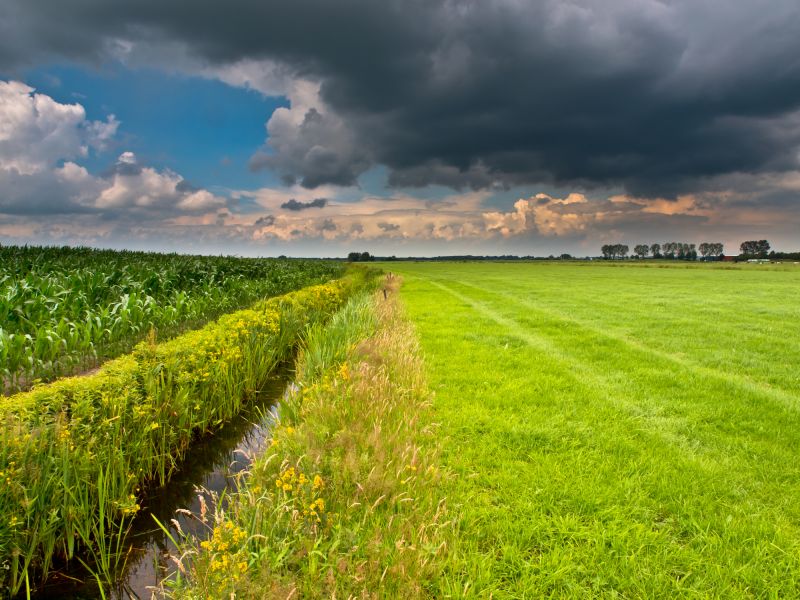
Performing drainage maintenance during dry periods allows for better installation conditions and system longevity.
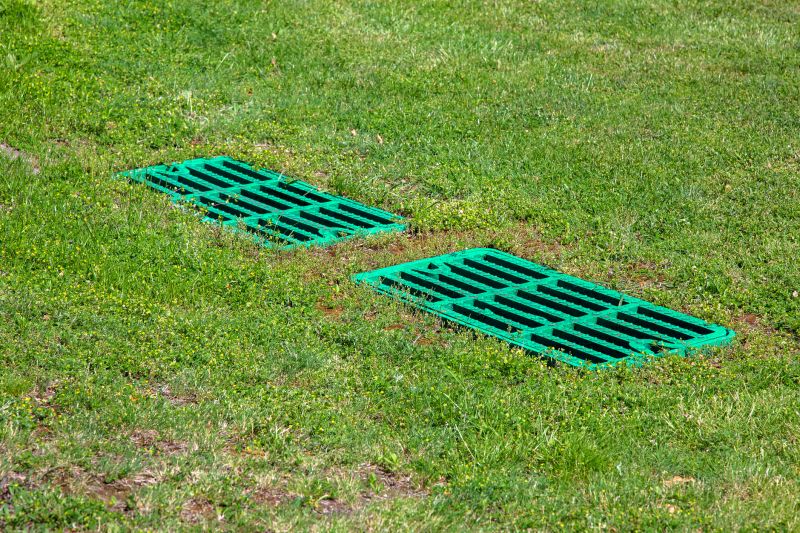
Ways to make Residential Yard Drainages work in tight or awkward layouts.
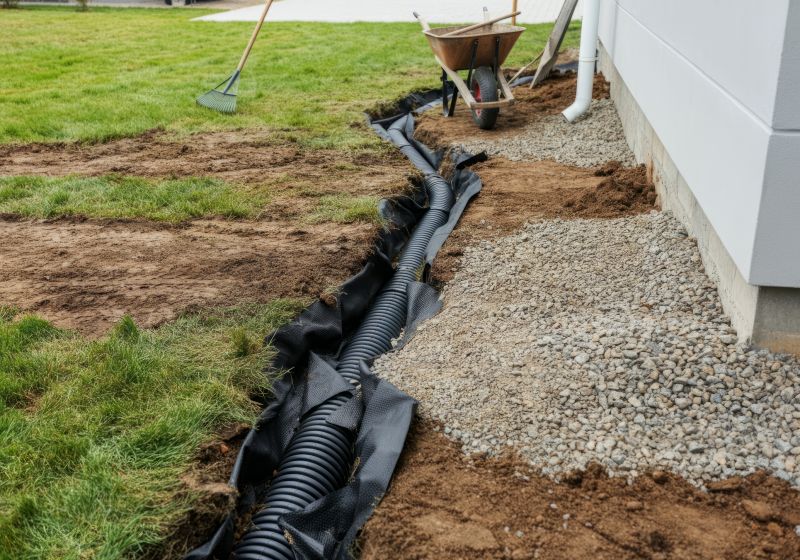
Popular materials for Residential Yard Drainages and why they hold up over time.
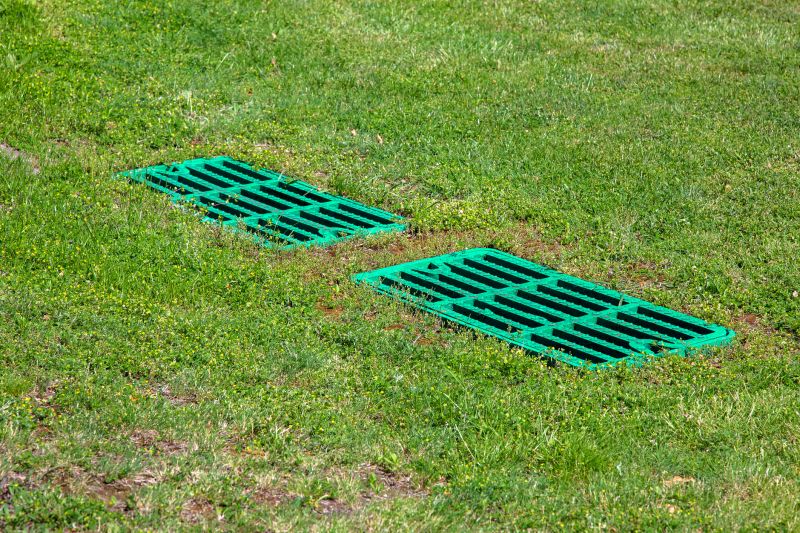
Simple add-ons that improve Residential Yard Drainages without blowing the budget.
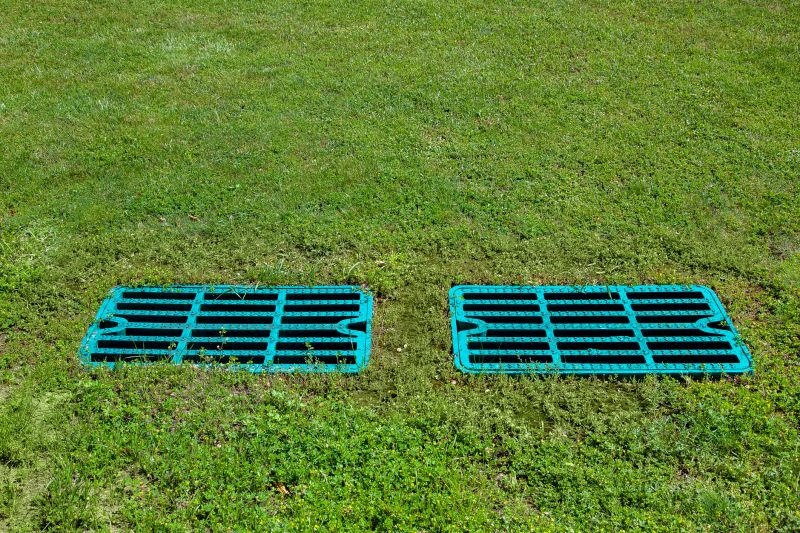
High-end options that actually feel worth it for Residential Yard Drainages.
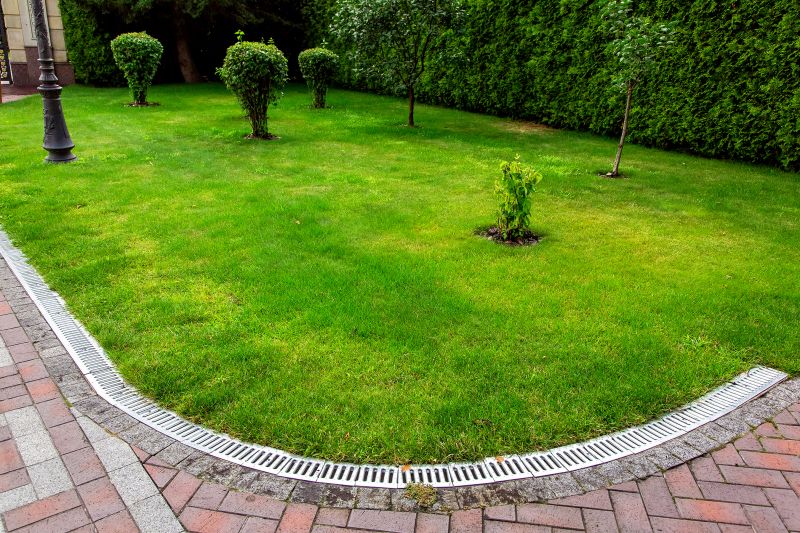
Finishes and colors that play nicely with Residential Yard Drainages.
Residential yard drainage involves designing and installing systems to efficiently redirect excess water away from properties. Proper drainage prevents water pooling, soil erosion, and damage to landscaping and foundations. Effective drainage systems include French drains, surface grading, and catch basins, tailored to the specific topography and water flow patterns of a yard.
Statistics indicate that poorly managed yard drainage can lead to significant property damage, with water-related issues accounting for a large percentage of residential repairs annually. Proper timing of drainage installation and maintenance can mitigate these risks, ensuring the yard remains functional and protected against seasonal water challenges.
Various systems are used to manage yard water, including surface grading, French drains, and dry wells, each suited to different yard conditions.
Water pooling, soil erosion, and foundation cracks are common indicators that drainage improvements may be needed.
Timing drainage work before heavy rainfall seasons helps prevent water accumulation and property damage.
Regular inspection and clearing of drainage systems ensure optimal performance during rainy periods.
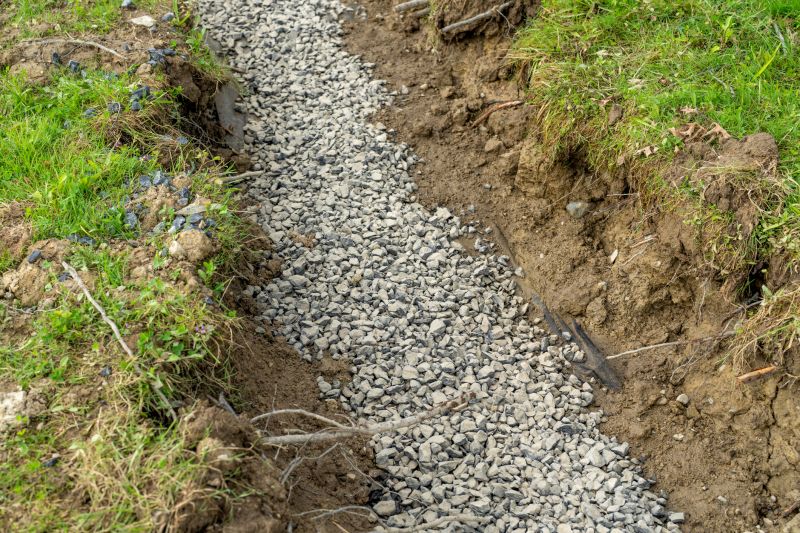
French drains divert water away from the yard, reducing pooling and erosion.
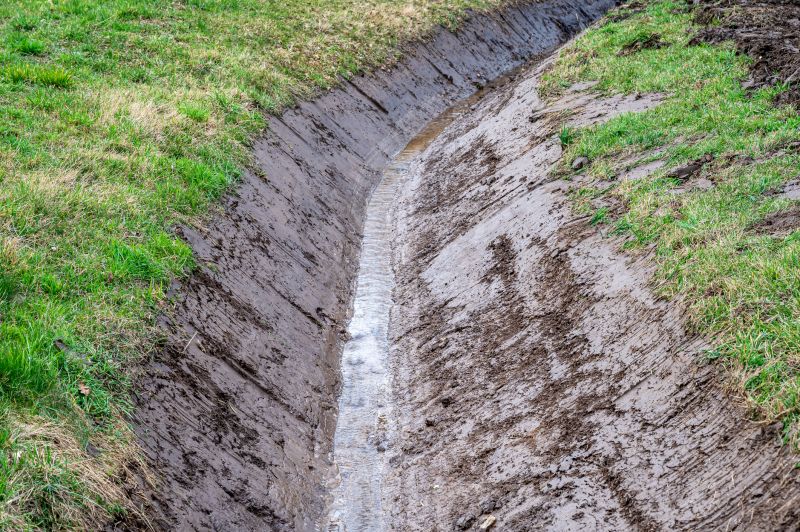
Proper grading directs surface water flow to drainage points and prevents pooling.
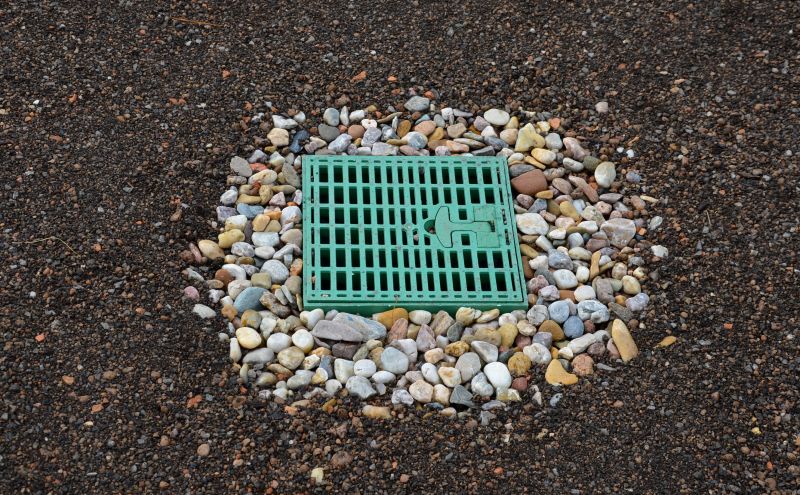
Catch basins collect runoff from large areas, preventing water from accumulating.
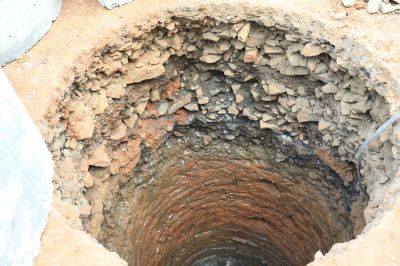
Dry wells allow excess water to percolate into the ground safely.
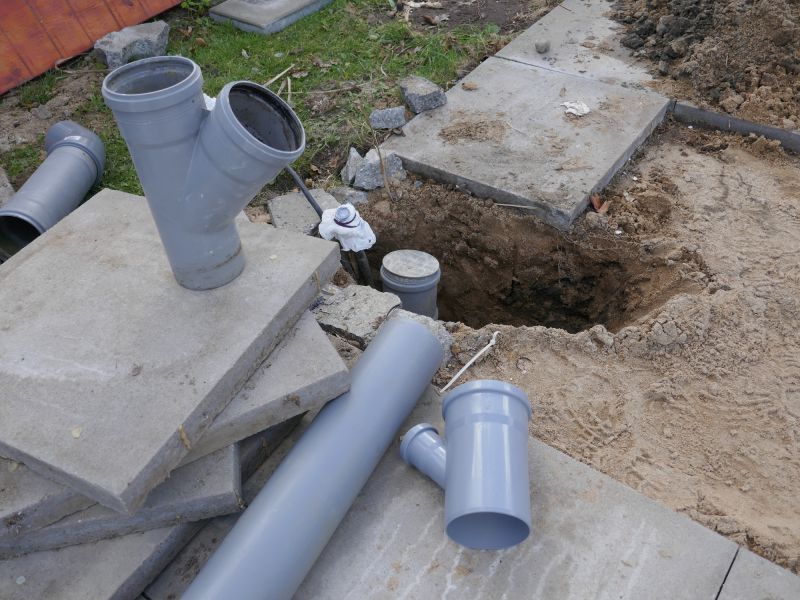
Little measurements that prevent headaches on Residential Yard Drainages day.

A 60-second routine that keeps Residential Yard Drainages looking new.

A frequent mistake in Residential Yard Drainages and how to dodge it.

Small tweaks to make Residential Yard Drainages safer and easier to use.
| Drainage Method | Best Time for Installation |
|---|---|
| French Drains | Spring or autumn |
| Surface Grading | Dry season or early spring |
| Catch Basins | Before rainy season |
| Dry Wells | Spring or dry periods |
| Gutter Extensions | Before heavy rainfall |
| Sump Pumps | Spring or autumn |
| Rain Gardens | Spring or early summer |
Filling out the contact form can provide more information about suitable drainage options and timing for specific yard conditions. Proper planning and execution of yard drainage systems ensure effective water management and help prevent property issues related to excess water.
